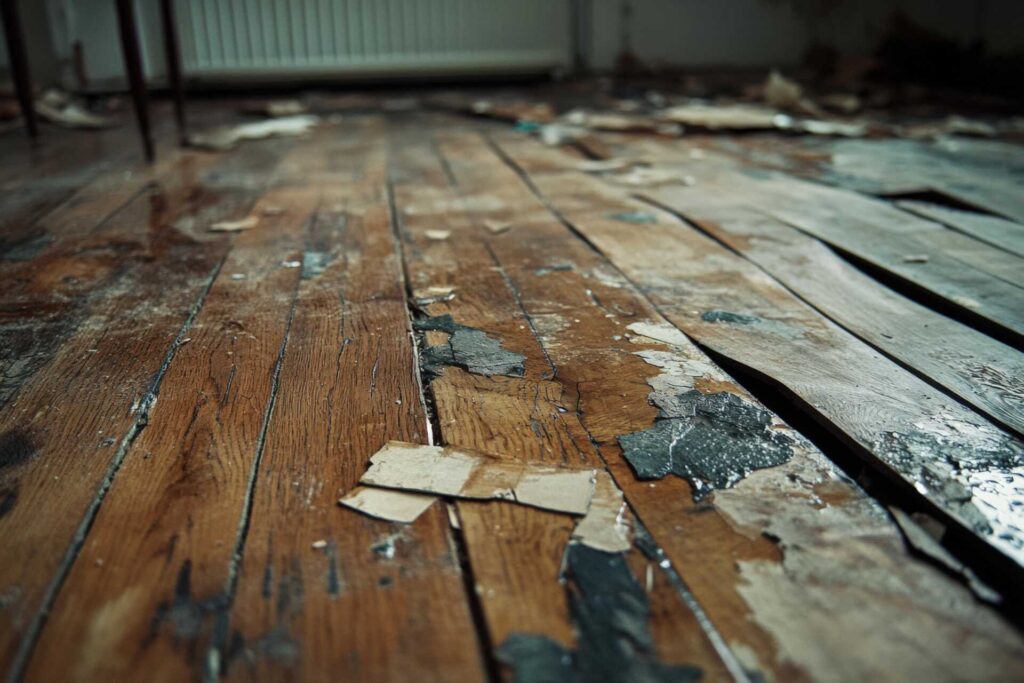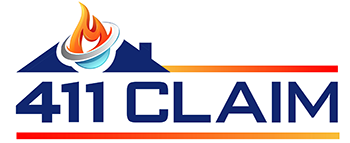
Contents
When you face damage to your property, understanding the costs of restoration services can feel overwhelming. Several factors come into play, including the type and extent of the damage, materials involved, and location. It’s essential to analyze these variables to manage your budget effectively. As you explore the nuances of restoration pricing, you’ll uncover insights that could greatly affect your financial responsibilities moving forward. What should you consider first?
Key Takeaways
- The extent of damage, including structural and personal belongings, significantly influences overall restoration costs.
- Water damage restoration, smoke removal, and debris cleanup each contribute to the total expenses involved in fire damage restoration.
- Property location and pre-existing conditions can lead to higher restoration rates and additional repairs needed to meet safety codes.
- Insurance coverage varies; reviewing your policy is crucial to understanding what fire damage restoration costs are covered.
- Comparing estimates from multiple restoration service providers helps identify the best pricing and services included in each quote.
Factors Influencing Fire Damage Restoration Costs
When a fire damages your property, various factors will influence the restoration costs you face. First, the extent of fire damage plays a vital role. The more extensive the damage, the higher the costs for materials and labor.
Additionally, the type of materials affected—such as structural components versus personal belongings—can greatly impact expenses.
Restoration factors also include the location of your property; areas with higher living costs will naturally incur steeper rates.
The timeline for restoration is another important aspect; if you need immediate service, you might pay a premium.
Moreover, the condition of your property prior to the incident can affect costs. Older structures may require more extensive work to meet current safety codes.
Understanding these variables helps you anticipate and prepare for the financial implications of fire damage restoration, fostering a sense of community and support during a challenging time.
Breakdown of Fire Damage Cleanup Expenses
Understanding the breakdown of fire damage cleanup expenses is vital for homeowners facing the aftermath of a fire. The cleanup process typically involves several key components, each contributing to the overall cost.
First, you’ll need to take into account debris removal, which can vary greatly based on the extent of the damage. Next, smoke and soot removal is important, as lingering residues can lead to health hazards and further property damage.
Another major expense is water damage restoration, often a result of firefighting efforts. This includes drying and dehumidification to prevent mold growth.
Additionally, repairs and rebuilding costs can arise if structural elements are compromised.
Finally, professional services will charge for their expertise, equipment, and labor, which ensures the cleanup process is thorough and efficient.
Comparison of Restoration Service Pricing
Restoration service pricing can vary considerably based on several factors, including the type of damage, the extent of the repairs needed, and the specific services offered.
To make informed decisions, it’s essential to conduct a restoration pricing analysis. This involves comparing estimates from multiple service providers, which can reveal significant differences in pricing for similar services.
For instance, water damage restoration may vary widely depending on the severity of the issue and the methods employed.
A service cost comparison helps you gauge the market rate and highlights the importance of understanding what’s included in each estimate.
Insurance Coverage for Fire Damage Restoration
Fire damage restoration can be a costly endeavor, and having the right insurance coverage is vital for mitigating those expenses. Your insurance policy plays an important role in determining how much financial support you’ll receive after a fire.
It’s important to understand your coverage limits, as these can vary greatly between policies. Some policies may cover the full cost of restoration, while others might only provide partial reimbursement.
Before a fire occurs, review your policy to ensure it adequately covers restoration costs. Look for specific clauses related to fire damage and any exclusions that might apply.
If you find gaps in your coverage, consider discussing options with your insurance agent to enhance your policy. By being proactive and informed about your insurance coverage, you’ll be better prepared to handle the financial impact of fire damage restoration when it arises, providing peace of mind during a challenging time.
Tips for Managing Restoration Costs After Fire Damage
When facing the aftermath of fire damage, managing restoration costs becomes essential for minimizing financial strain. Start by reviewing your insurance policy to understand your coverage and any deductibles.
Communicate openly with your restoration team about your budget and ask for a detailed estimate. This helps you prioritize necessary repairs while keeping an eye on the restoration timeline.
Consider performing fire prevention measures before restoration begins, as this can minimize future risks and costs. You might also want to explore local grants or assistance programs that support fire recovery efforts, which can ease financial pressure.
Finally, document all expenses and communications throughout the process. This helps with budgeting and ensures you’re prepared if any disputes arise with your insurance provider.
Wrap-Up
In the aftermath of fire damage, maneuvering restoration costs can feel like walking through a charred forest, where every fallen branch represents a potential expense. By understanding the factors that influence these costs, you can light your path toward informed decisions. Gathering multiple estimates and reviewing your insurance coverage acts as your compass, guiding you through financial uncertainty. Remember, proactive management can transform the ashes of loss into the foundation for a stronger, revitalized home.
Recent Posts
Pricing Insights for Damage Restoration Services
When unexpected events disrupt your life, steering through the costs of damage restoration can feel
Budgeting for Blaze Cleanup: A Trusty Guide
Budgeting for blaze cleanup is like steering through a maze—complex and overwhelming but attainable with
Top Storm Damage Repair Techniques for Homeowners
When storms release their fury, the aftermath of storm damage can feel overwhelming, much like
